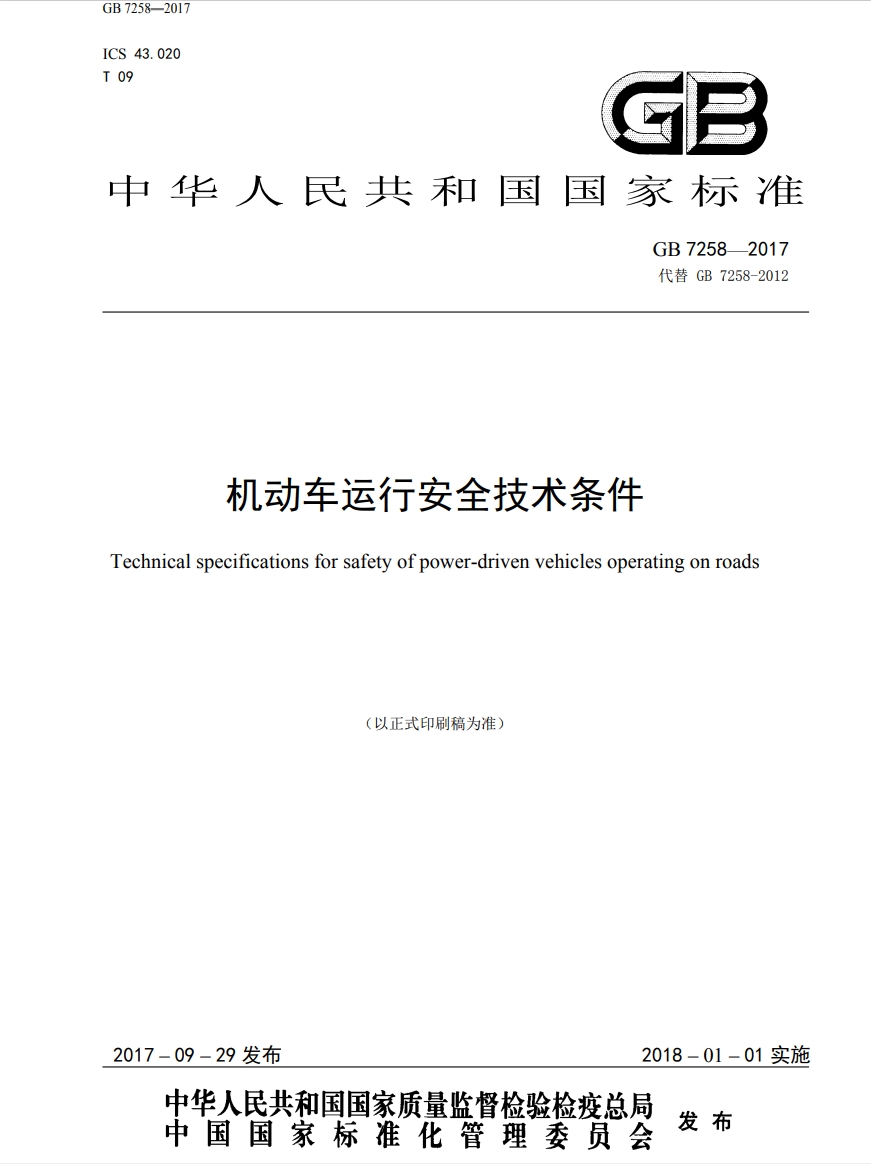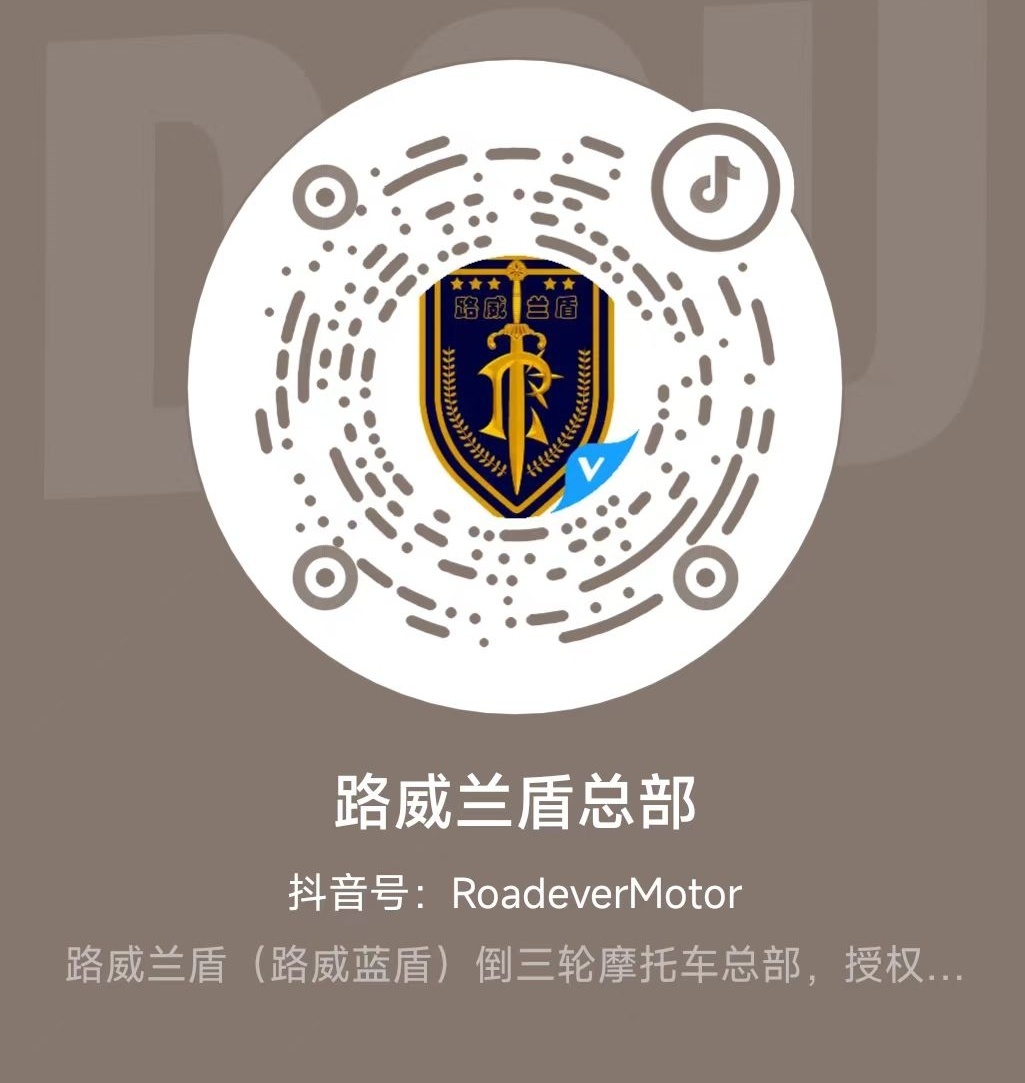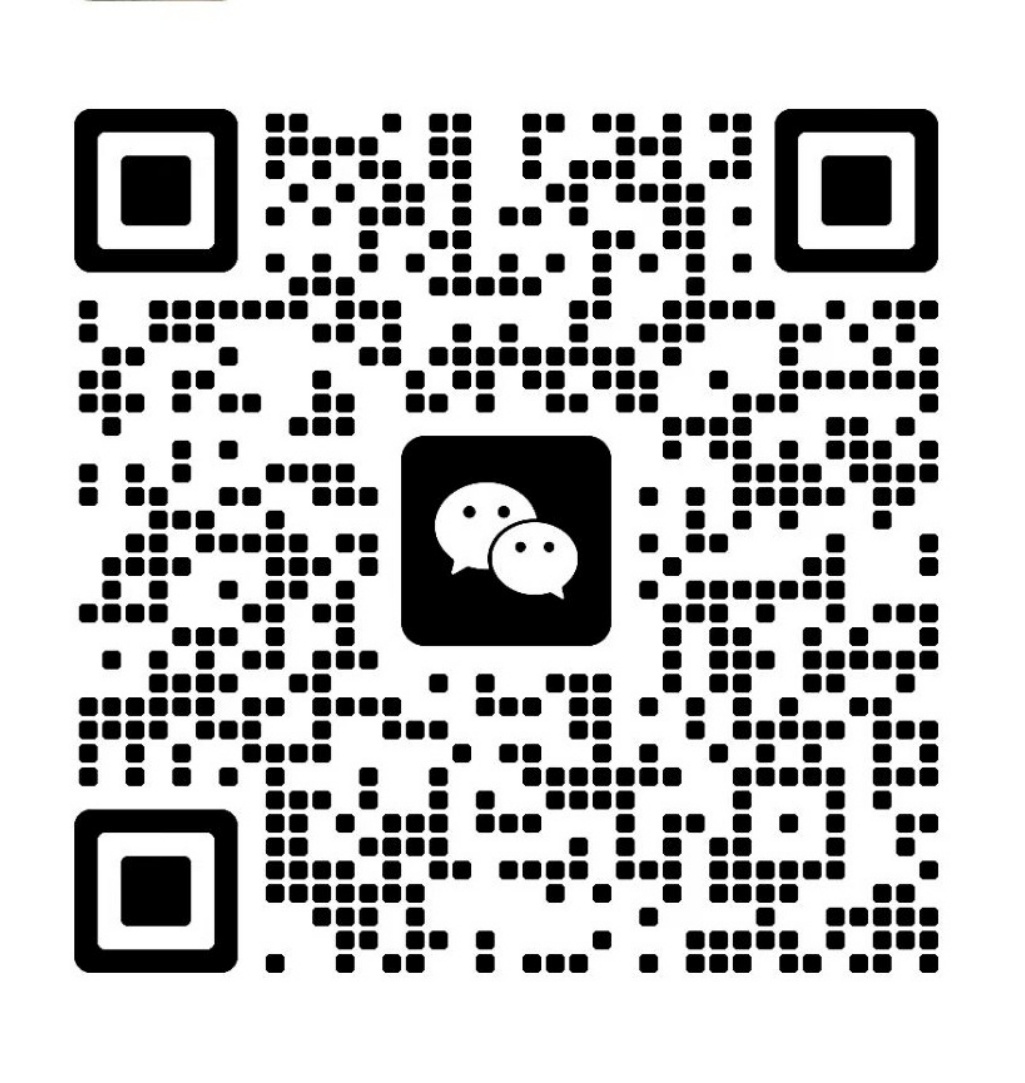17
2018
-
08
2018·The three-wheeled vehicle craze is coming
Author:
It's hard to believe that just two or three years ago, the concept of reverse tricycles was still a relatively distant thing for many motorcycle enthusiasts in the country, even feeling more like a concept car. However, looking at the present, reverse tricycles have already become a hot topic.
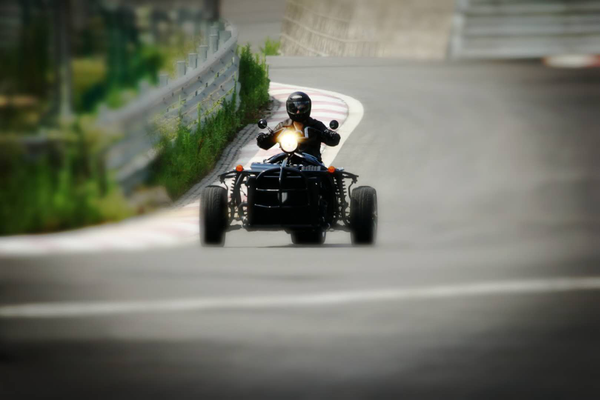
With the release of the 2017 No. 23 National Standard Announcement by the National Standardization Committee at the end of last year, many reverse tricycle manufacturers that have thrived in overseas markets have turned their sights to the potentially huge domestic market. It is believed that starting this year, reverse tricycle models will create quite a stir in the domestic market. Therefore, this time, Motorcycle Brother cannot miss the trend and will discuss reverse tricycles with everyone.
Origin: Tracing the History of Reverse Tricycles
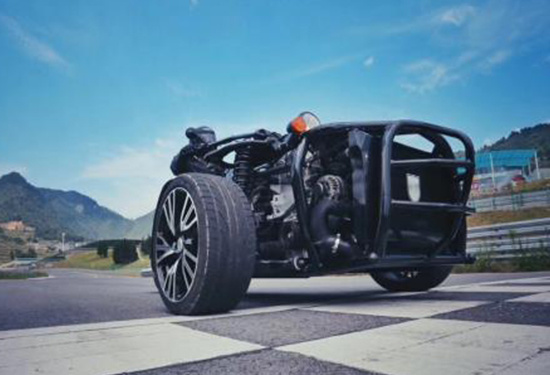
As we all know, a reverse tricycle is a type of three-wheeled motorcycle that uses a configuration of two wheels in the front and one in the back. It has a very significant difference in appearance from the more familiar configuration of one wheel in the front and two in the back, or the sidecar configuration.

The structure of the reverse tricycle, which has two guiding wheels in the front and one driving wheel in the back, is not uncommon in Northeast China. Locals affectionately call it "reverse donkey," a type of three-wheeled bicycle used for short-distance passenger and cargo transport. This structure originated in France and was invented around the 19th century. Many people believe this is the germination of the reverse tricycle concept.
However, if we delve deeper, the use of a two-in-the-front, one-in-the-back wheel layout with a manual power system can be traced back to the 17th century.
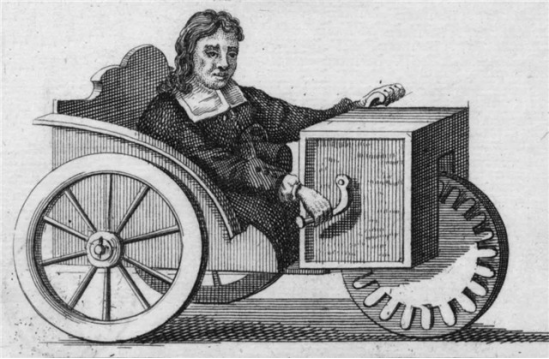
At that time in Germany, a clockmaker named Stephen Farah built a hand-driven reverse tricycle-like vehicle at the age of 22, using a spring-like power system. Interestingly, many people did not categorize Stephen and his reverse tricycle as a mode of transportation but rather considered it a "wheelchair" because Stephen himself was a high-level amputee. The original design intention of this hand-driven inverted tricycle was to allow him to move independently without relying on others. It is not hard to imagine that both abroad and domestically, viewing tricycles as "disabled vehicles" has its historical reasons.
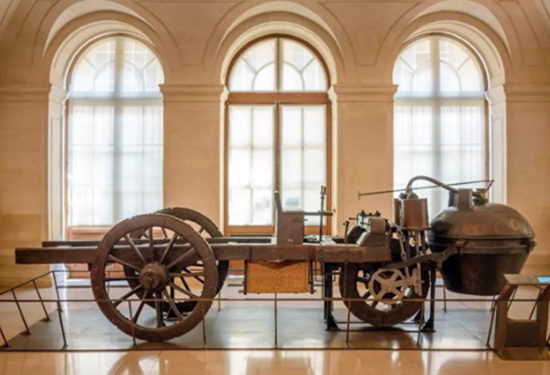
In the 18th century, Watt improved the steam engine, marking the beginning of the First Industrial Revolution. After entering the steam age, our reverse tricycle was not abandoned by history. A French army captain named Guineau attempted to combine a steam power system with the reverse tricycle system, intending to enhance the military's heavy cargo transport capacity, achieving some success. Later, in 2010, students from the Grande École des Beaux-Arts in France replicated and verified Guineau's steam-powered reverse tricycle, believing its concept to be feasible.
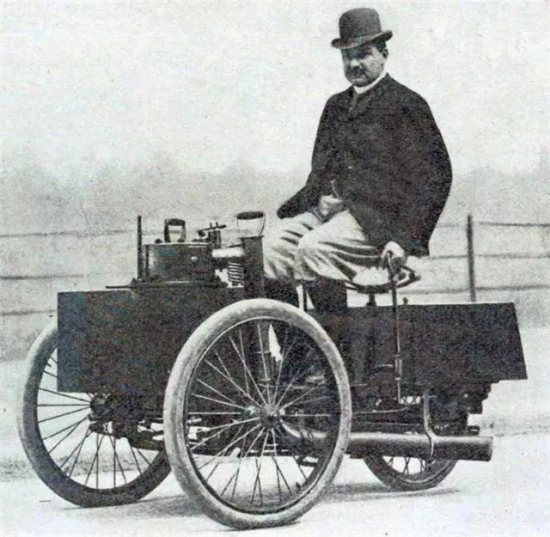
Entering the 19th century, steam engine technology matured, and steam-powered cars became a very common mode of transportation, while steam-powered vehicles with a reverse tricycle structure also opened a new chapter. More and more automobile manufacturers began to attempt to create steam-powered vehicles based on the reverse tricycle structure.

So in that era, reverse tricycles were actually a common mode of transportation for ordinary people in Europe. However, since it would take some time before Daimler established the concept of motorcycles, people at that time still habitually categorized reverse tricycles as being closer to cars. This led to the fact that for more than a hundred years afterward, reverse tricycles moved further and further away from the direction of cars.
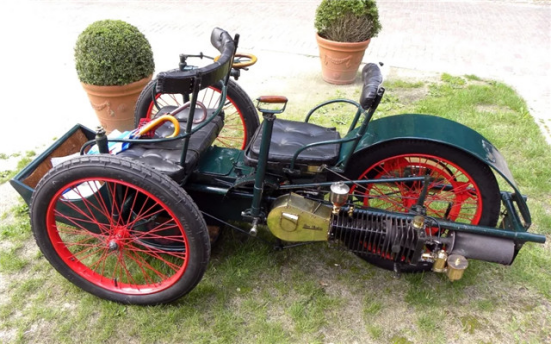
Later, as the entire motorcycle industry developed rapidly, many motorcycle companies began to design their own reverse tricycles.
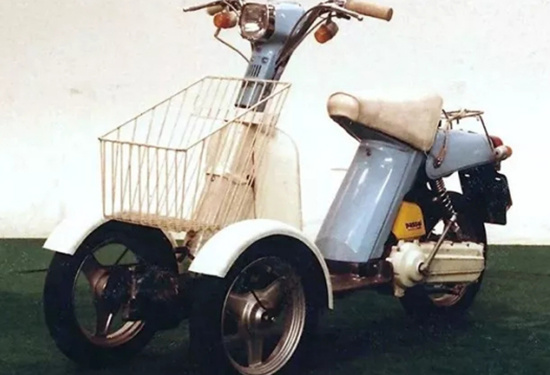
Regulations: The Main Shackles Restricting the Development of Reverse Tricycles in the Country
The reason is simple: because there are no registration and licensing standards for reverse tricycles in the country, this highly pioneering reverse tricycle model cannot be legally registered, and naturally cannot be driven on the road. Later, the high-end brand Bombardier reverse tricycle that entered the domestic market encountered the same problem, with products priced at hundreds of thousands unable to be normally registered and driven, facing a dilemma of being unable to open the market.
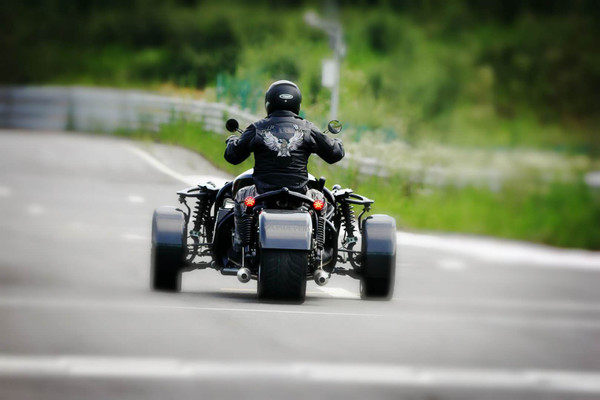
Later, some merchants also tried to exploit policy loopholes, such as finding a way to prove that the two front wheels of the reverse tricycle were actually one wheel, and then registering the reverse tricycle with a two-wheel license. However, when faced with serious traffic police, this reasoning does not hold up and is highly risky. Some merchants chose a strategy of lowering their status, registering the reverse tricycle with agricultural machinery licenses, but agricultural machinery cannot enter the city, so this essentially did not solve the actual problem.
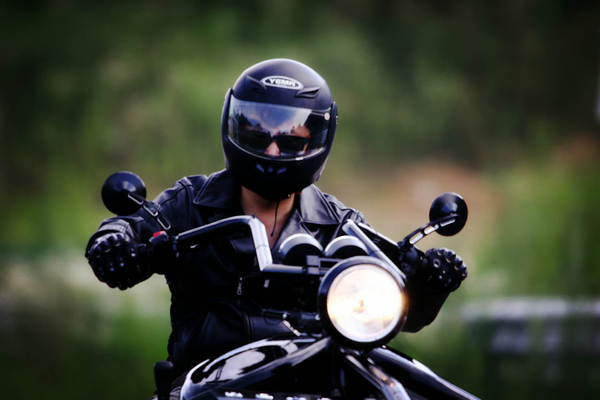
It is precisely because of the lack of legal basis that reverse tricycles have almost no soil to survive in the country, making it understandable that domestic motorcycle enthusiasts feel confused about reverse tricycles.
However, everything changed last year. In the new GB7258-2017 regulations released in September last year, a classification for reverse tricycles was added:
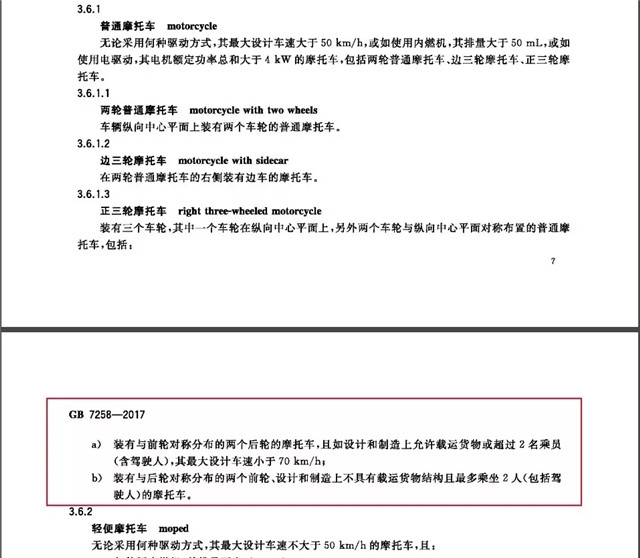
Note the content added in the red box, which explains two situations for three-wheeled motorcycles: a is one wheel in the front center and two wheels in the back; b is one wheel in the back center and two wheels in the front. This b item is the reverse tricycle, which can seat a maximum of 2 people and has no speed limit of 70 kilometers per hour. The driver's license is based on the standard D license for three-wheeled vehicles.
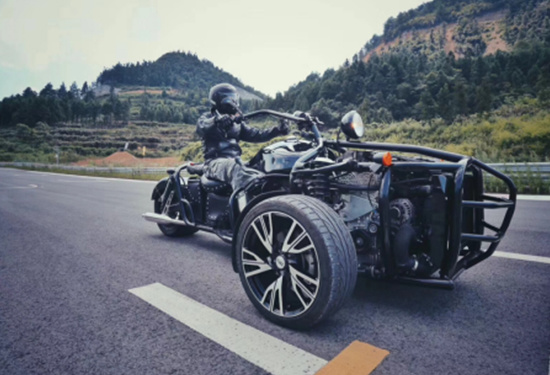
The "Technical Conditions for the Safe Operation of Motor Vehicles - GB 7258—2017"
2025-02-28
Recently, the China Motorcycle Association issued opinions and suggestions to relevant
2025-02-28


